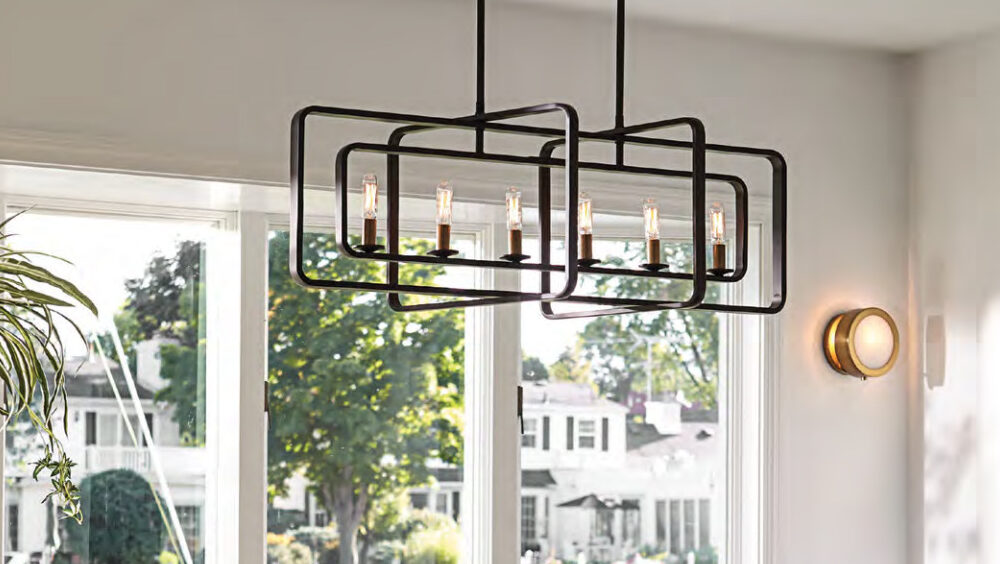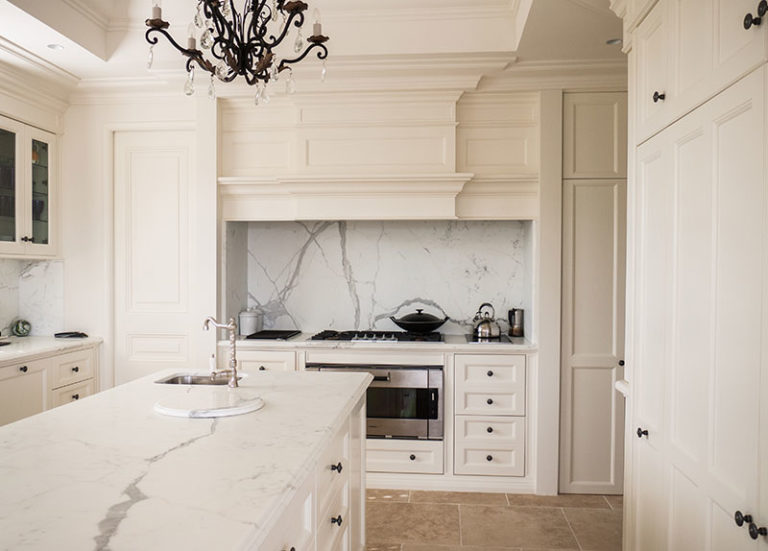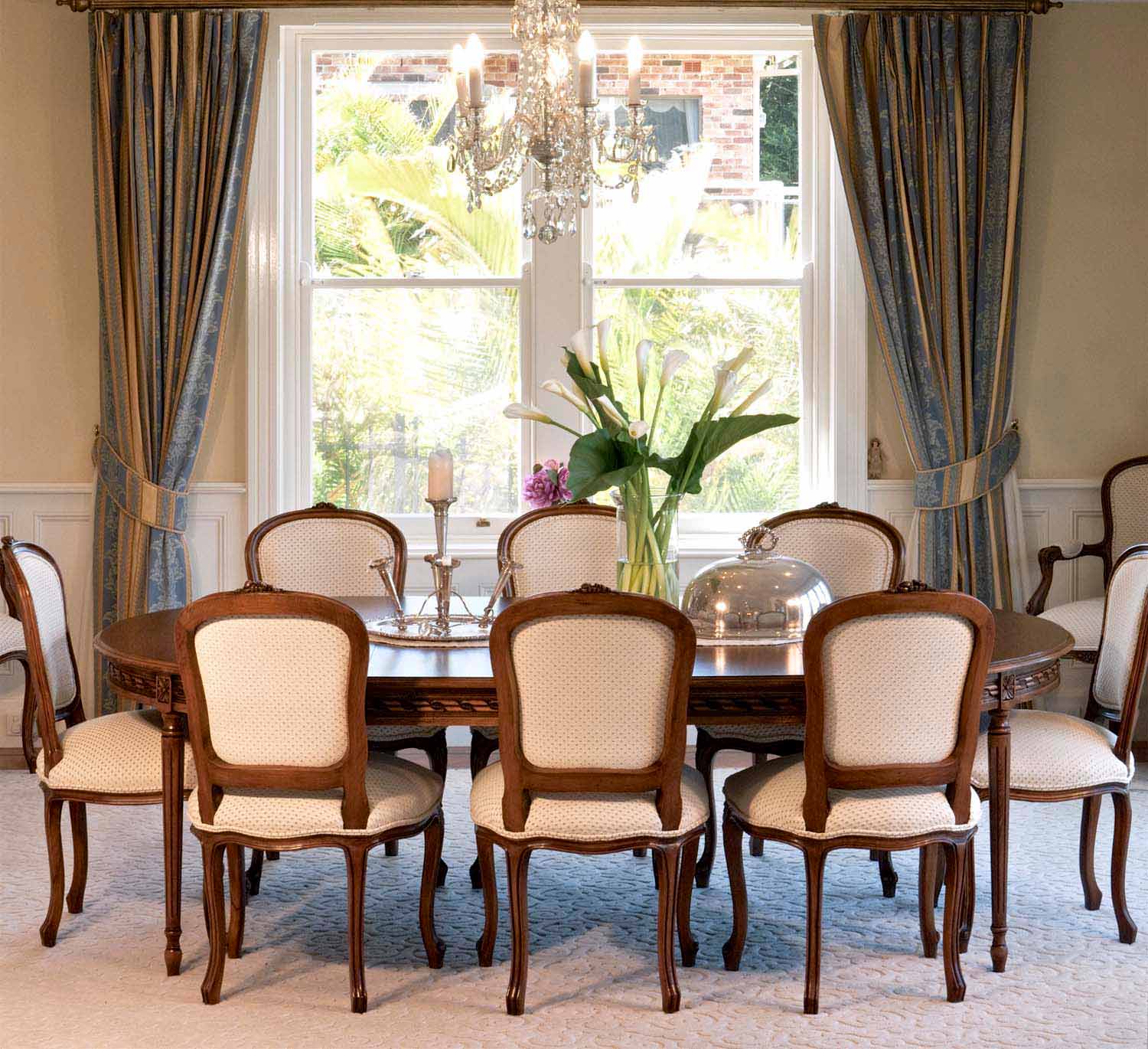For over a century now we have been accustomed to the warm glow of incandescent bulbs. When energy saving bulbs were first introduced, they emitted a ghostly greenish tinge, but now with LED we can choose a warmer light which is really important in creating a friendly atmosphere in a home.
Few people are aware of the effect that the right colour rendition index has. Most cheap LED lights have a very poor colour rendition, meaning the colours rendered/seen under the particular bulb may not be accurate. Places like art galleries and museums need to make sure the lighting allows the true colours to be perceived accurately.
If you have been carefully choosing the shades of colour in fabrics and paint finishes to make a beautiful interior, a poor colour index in the lighting will make the colours murky and brownish. Ideally a colour rendition index (also called CR index) of over 90% should be chosen.

Colour temperature
The colour temperature of light can greatly affect the ambience of a room. It can also affect our moods. Getting the colour temperature right is key to making your home relaxing and homely. The wrong colour temperature can affect our mood, wellbeing, sleep patterns, health and productiveness. An understanding of colour temperature can help you enhance your home environment.
Different light sources create light with different colour temperatures. Colour temperature is measured on the Kelvin temperature scale. 2500 Kelvin produces and soft, warm light, which is ideal for the living room. 4000 Kelvin produces a bright, cool light that is better suited to the bathroom. And 5000 Kelvins is closer to daylight.
When we describe light as either ‘warm’ or ‘cool’ this does not refer to the actual temperature of that light. Instead it describes the aesthetic appearance of the light. In fact, the hotter the temperature, the cooler the colour temperature and vice versa.
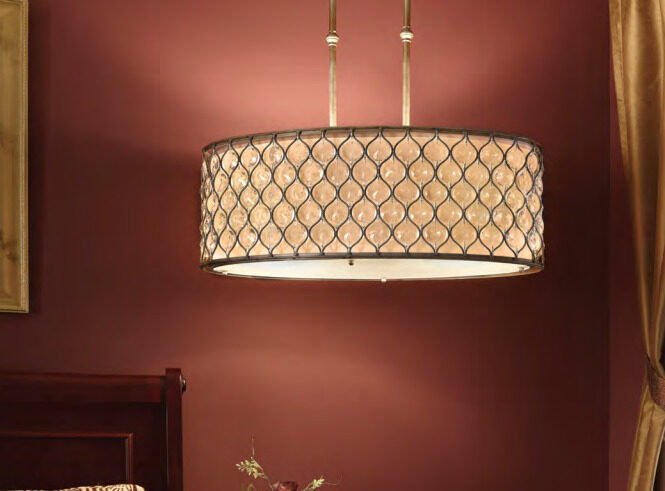
Traditionally we are used to warm light. This describes the colour of candlelight or the light from the fireplace. Warm light makes us feel warm, cosy and secure. The traditional incandescent bulb can be described as having a warm colour temperature. Recently, however, the incandescent bulb is increasingly being replaced by the more energy efficient fluorescent bulb. These new bulbs resonate a cooler colour temperature. This can greatly affect how we feel in a space, as cooler coloured light can be uninviting, even off-putting.
Thus, it has never been more important to think about colour temperature when lighting the home. Colour temperature can dramatically affect the feel of a space. If you take a wall painted white it can appear grey under a high Kelvin light, but under a low Kelvin light it can appear yellow.
In the living room a warm colour temperature is desirable. Warm coloured light gives a homelier and more relaxing feel. Alternatively, in the kitchen and bathroom a cooler light or light near to daylight can be make the space more fresh and crisp. When choosing the colour temperature for each room consider the colour scheme of the room. If the decor in the room has rich, warm colours a warm colour temperature will work best. Whereas if your room has a lot of greens and blues a cooler colour temperature in the light will be better.
The colour temperature of a light bulb refers to the shade of white light emitted from the bulb. The old-fashioned incandescent bulbs generated a warm yellow to golden glow whereas the more modern fluorescent light bulbs give of a cooler effect. Colour temperature refers not to colour or temperature per se but to the feel of the light produced by the bulb.
Nowadays you can choose the colour temperature for LED lights. The light bulb options are warm, neutral and cool
- Cool light: Good in workshops, garages and studies as it helps you concentrate and focus on detail. Especially useful if you’re working, but it is not the most romantic or relaxing light
- Neutral light: Good in the kitchen where food preparation and bright clear light is important.
- Warm light: Better for relaxing and creating a soft mood. Especially nice in the dining room where atmosphere is a key or on the bedside to help you unwind before sleep.
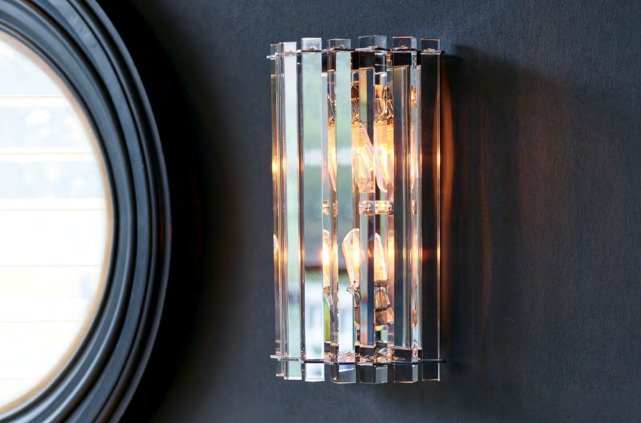
Colour rendition
Colour rendition refers to the way objects appear under different light sources. The colour rendering index measures how well a light source can reveal the true colour of objects. The true colour of the object refers to how it would appear under natural light or under an ideal light source. Different sources of light have a different colour spectrum contents that can bring out different ranges of colours in different objects.
Colour rendition is extremely important in museums and art galleries where a faithful appearance of objects and their colours is extremely important. But this is equally important in the home. For instance, if you place your hand under different light sources you will notice that your skin may appear more yellow, orange or blue depending on the source of light.
We want the light around us in the home to make us look healthy and happy. If the light makes our skin look to cool or too yellow this can be off-putting. An ideal colour rendition in the home brings out a wide colour spectrum and allows objects to appear as true their natural colour as possible. This makes the home more friendly, inviting and comfortable.
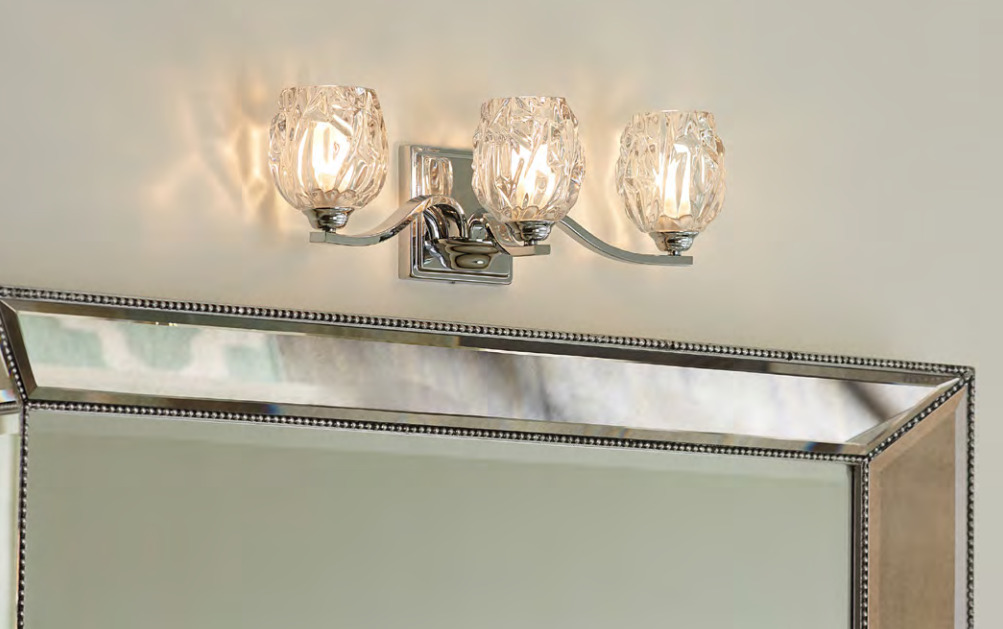
LED and colour rendition
With LEDs it is particularly important to consider colour rendition. It can be hard to find LEDs with a high colour rendition, and it can also be hard to find this information on the bulb or box. So always enquire about the CR level. At Christophe Living we only work with high rendition bulbs 90% and above. They do cost more, but they allow all the beautiful colours in your home to fully come to life. Otherwise, the colours around your home can appear dull.
Choose the right bulbs with the right colour temperature and colour rendition
Remember consider the brightness required, as well as the energy and cost efficiency. Focus on the lumens required instead of the watts. Consider the colour temperature of the bulb and aim for the highest colour rendition.
Lighting control
Where possible also remember to add a dimmer switch to give your lighting scheme flexibility and subtlety. Dimmers give you greater freedom to adapt the light to different uses such as entertaining, dining or working.
Dimmers are also important when you want to combine light types such as table lamps or wall lamps and down lights. By dimming the down lights to a soft suffused lighting, you can then allow the other type of lights to create a wonderful atmosphere that will enhance your décor and everyone’s mood.
Be sure especially when purchasing LED bulbs that they are dimmable, as not all are.
For more detailed information on lighting and lighting tips see our other blogs.
